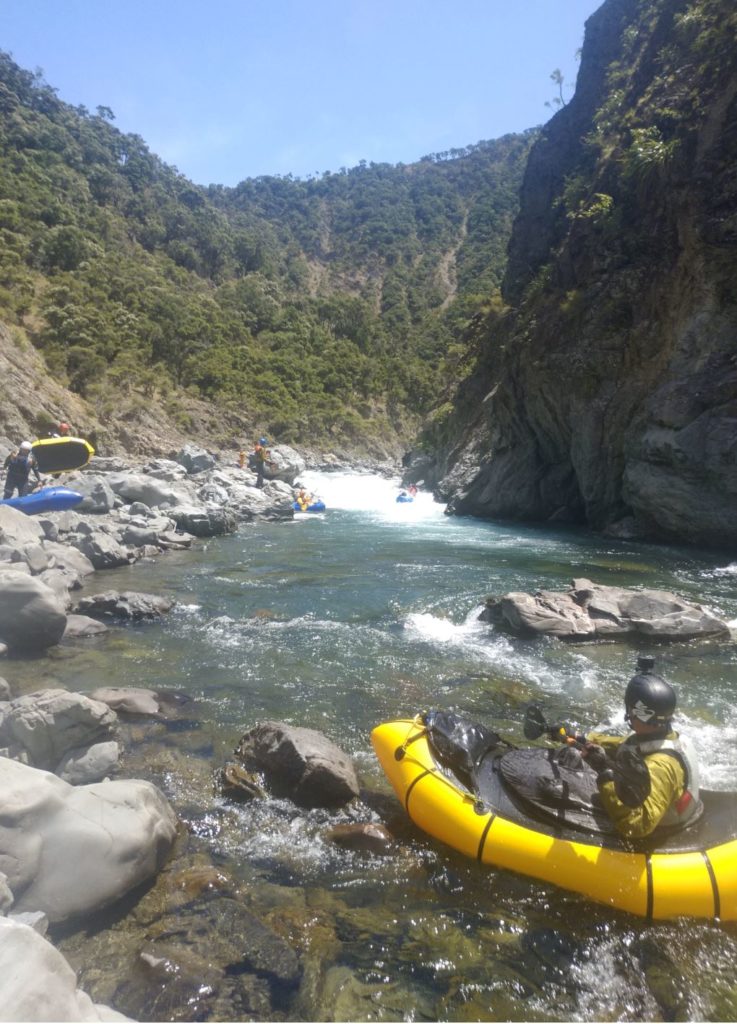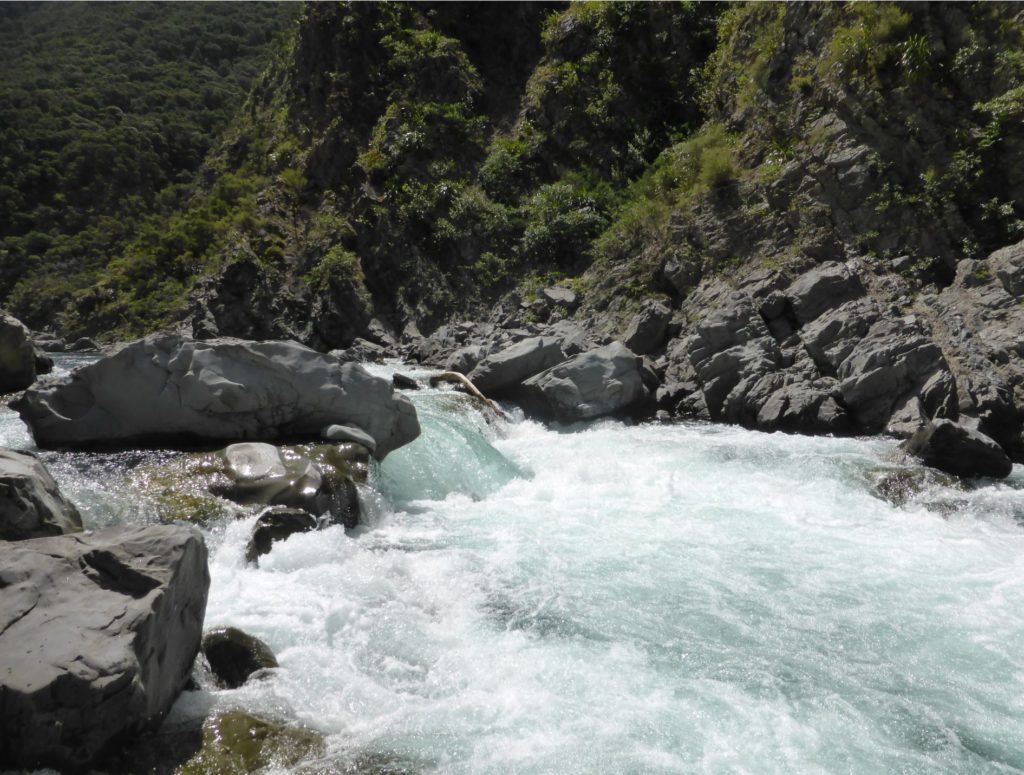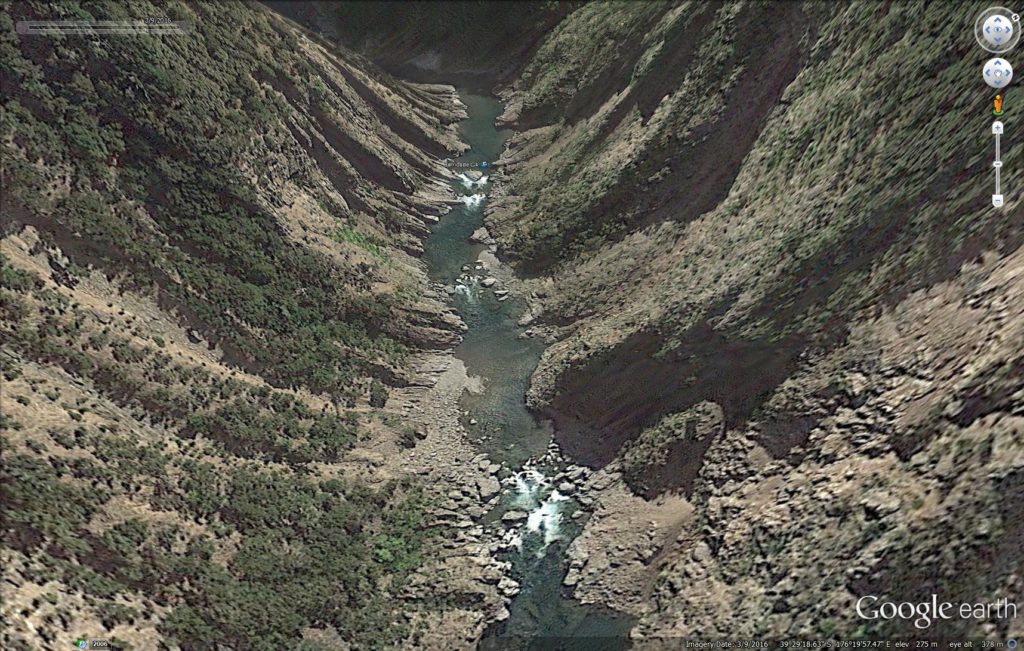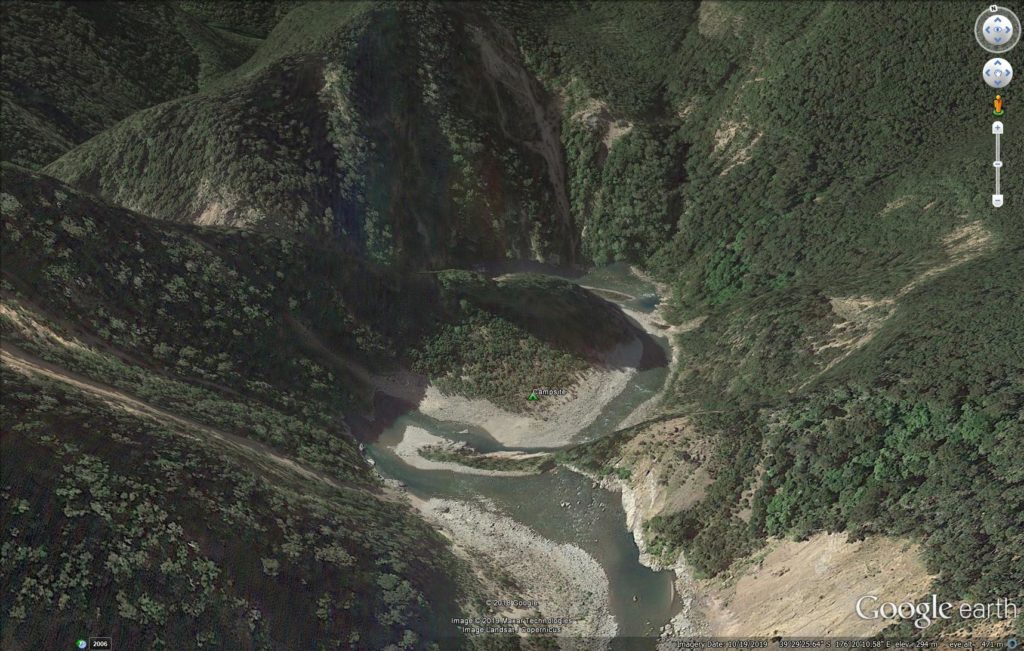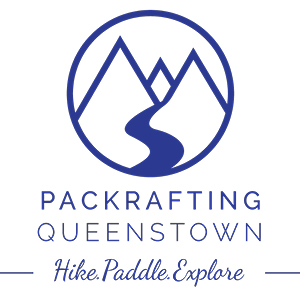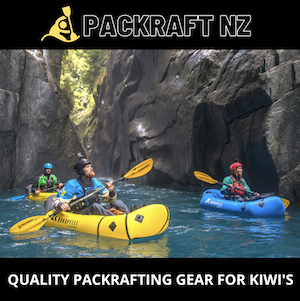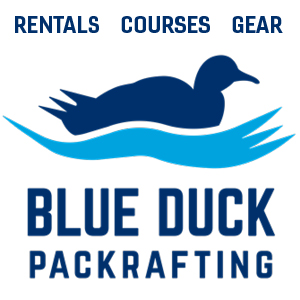The lower gorge, with it’s manuka native bush and surrounding steep and rugged hills, provides an impressive and scenic wilderness area. The 39km section includes a gorge containing more challenging white water than in the upper river, which provides just enough excitement for advanced paddlers.
Hugh Canard described it as a sneaky one that creeps up in intensity with each successive rapid with the packrafter as the proverbial boiling frog. (Updated Nov 2024).
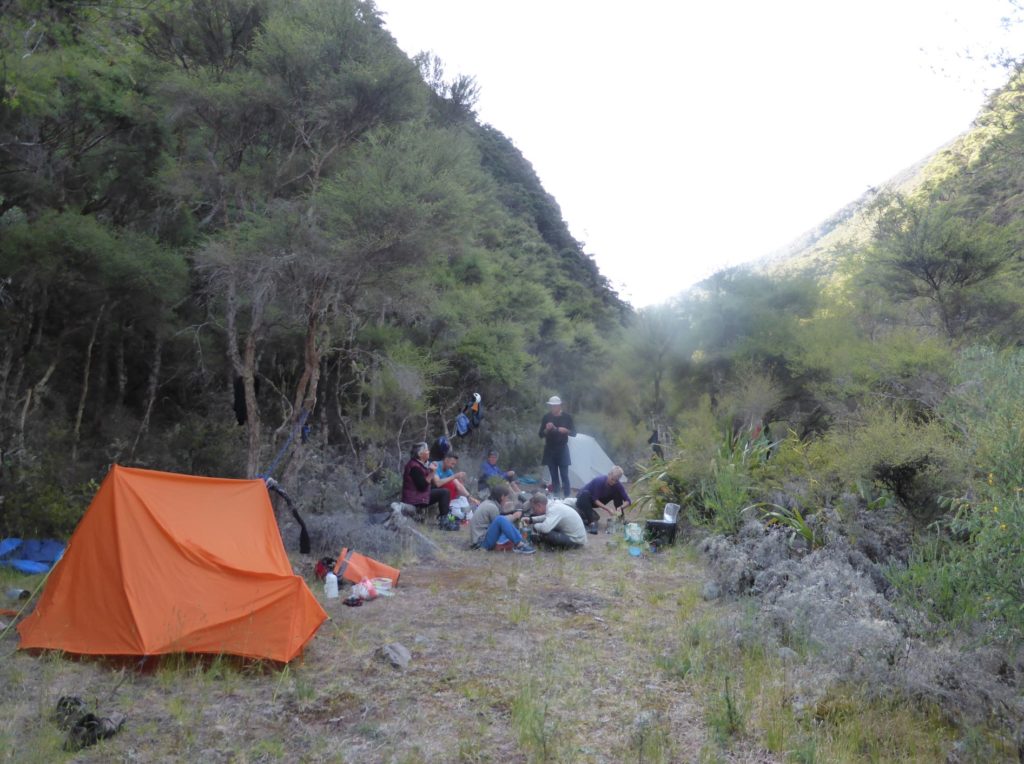
It is best packrafted as an overnight trip but throw in some trout fishing and it retains enough interest for a leisurely three day trip. You might also allow three days if running it with paddlers who need to portage the heavier rapids.
It is mostly run as a weekend trip in it’s own right but can be added to the Upper Ngaruroro run as days four and five of a full descent from Boyd Lodge.
It is best packrafted at lower flows (10m3 or less -Class II+/III) with a few portages but experienced Class 3 paddlers will (like kayakers) look for higher flows (say 20m3 – Class III/IV).
Shuttle
Put-in
Access to the put in is off the Napier Taihape Road at Kuripapango. Kuripapango is about halfway between Napier and Taihape. About 200 metres west of the Ngaruroro bridge is a grassed rest area with a 4WD track leading down onto a lower terrace. You will find a walking track leading down the last 50 metres to the river. Or, if camping overnight after the drive, there is a put in at the Kuripapango camping ground a few km north. This is a more pleasant camp with toilets and lots of campers and probably less potential for interference with vehicles. There is a nice track 100m down to the river.
Take-out
Head east from Kuripapango towards Napier until Otamauri. Turn right at the junction at Otamauri and follow the gravel road to the junction with Matapiro road. Turn right onto Whanawhana Road and drive about 1.5 kilometres to the bridge over Otamauri Stream. A vehicle track on the left leads down to the river. This a Fishing access there by the good grace of landowner Bill Beamish. Leave a car at this location on your drive in. Be sure to go downstream to the river and familiarise with the non-descript setting. It’s best to leave a marker. There can be quite a bit of traffic onto the riverbed at this point but it feels reasonably secure.
There is another take-out upstream that requires permission from the farmer and avoids some braided shallows but getting permission is difficult.
On the Water
If doing as an overnighter you can put-in above the “Ox-bow” section which adds an hour of Class II paddling. Or you can start at the bridge.
From Kuripapango the river flows down a narrow rocky gorge, containing numerous Class II to II+ rapids for the first 10 km or so. This section of the river is through manuka scrub and steep dry greywacke country with abundant slips. It has a distinct feel to the upper gorge and the march of wilding pines is in evidence (pull a few out whilst you’re passing through). This upper section is a really fun warm up for what’s ahead.
After a couple of good camp sites (see below) the river enters a 9 km rocky Class III gorge.
The gradient increases progressively, particularly from the “Rock Garden”, and the intensity creeps up a little with each rapid. “Gabby” is a tricky steep rapid courtesy of Cyclone Gabrielle. Shortly after there is a campsite, just before the crux section, on river right. It is just before the river splits around a gravel island which is visible on the topo map. Boat scouting is insufficient from this point. Shore scout everything till the big drop. All these rapids are portage-able, so inexperienced members of a party will slow things down a bit as they make up to four portages of Class III+ rapids.
After the island campsite is the “Rock and Roll” rapid where the river passes left of a large rock in a narrow chute firing current at a wall that will roll the unwary. A little further on and it’s “Double Dip” a series of two small drops that can only be portaged with difficulty but are straight-forward. Then a waterfall on river left heralds the approach to “The Barricade”. Eddy out river left to scout “The Barricade”.
“The Barricade” is a Class IV (high flow) narrow rock passage recognizable by the large midstream rock that forms a barricade and splits the river into 2 narrow chute drops. Check for wood! There is easy portage on river left.
“Barrier Falls” follows 100m or so downstream. Scout it from both river left and right to be sure. Again the drop is marked by a large rock that splits the flow. The rock sieve on river right has been washed out by Gabrielle and the center-line drop seems to be smaller. Again check the drop for wood.
“Barrier Falls” below 10m3 could be too boney to run. Above this flow the drop will lessen but a big hole develops. There is a safe run out to a pool below it. Again easy portage is available river left.
Below “Barrier Falls” the river eases markedly to Class II to II+ until the Taruarau confluence and then becomes Class I to II. It becomes progressively more open before becoming fully braided 5km above the take-out. Beware of willows on this section down to the Whanawhana takeout.
Camping
Kuripapango Campground at the put-in is a great spot to spend the first night after a long after-work drive. This allows an early start on the river the next day.
A few campsites can be found on terraces on the first 8-10 kilometres. The best camp site is at an outcrop of the Comet Fault (aka upper Rafters Camp) at the end of the Class II section. It is on a rare river-right terrace a few metres above the river and has a rock cairn and road cone (as of 2024). There is lots of room. A scramble up to a higher terrace (10 minutes) takes you to Komata Hut refurbed and relocated by Megan Dimozantos and the Backcountry Huts Trust with packrafters in mind.
There is a choice to be made between camping above the gorge or after it. The paddling is tougher through the gorge so it can be good to camp after a half days paddling for a three day trip or a long second day. We chose to camp above the Class III gorge so that we were fresh for the crux rapids. The next campsite is about three hours on where the topomap shows a gravel island before the “Rock and Roll” rapid. Hammock camping is possible at all of these sites.
If you choose to run the “Barricade” rapid at the end of your first day then there is camping on river right about a kilometre after the “Barrier Falls”. “Camp Right” or the Lower Rafters Camp has lots of space amongst the manuka and only easy paddling after it.
View Larger Topographic Map
River Gauge
The river is best packrafted at around 10 to 15m3. Higher flows mean tougher rapids and mean hydraulics at the Barricade rapid.
The Gauge is Ngaruroro at Kuripapango.
https://www.hbrc.govt.nz/environment/river-levels/
All up the trip took 14 hours paddling time with lots of scouting and three portages at 10m3. Travel would be faster at higher flows.
